Usually the reason why not is reliability.
As its name suggests, a Transient Voltage Suppressor (TVS) is designed for suppressing the effects of infrequent and unusual transients into a board connector or cable. It's connected directly across that input, to dissipate ESD, lightning strikes etc.
It's not designed for dissipation of normal operating power in a circuit. Its body package typically cannot conduct power well compared to other components because it doesn't need to. It's datasheets reflect this, with discharges through it rated at a very low pulse width and repetition rate indeed to keep the peak power and average power dissipation right down.
So using a TVS outside of its rated behaviour will decrease its reliability and it will fail more quickly and unpredictably than its specified life.
A TVS is just an electronic component, like any other. And like any component, it has:
- characteristics that define all of its behaviour
- specifications that define some of its behaviour as performance and reliability
The manufacturer will list only some of its characteristics as specifications, in datasheets and reliability data etc. The manufacturer will qualify the part's behaviour and reliability against the specifications and guarantee against them, but not against all of its characteristics.
Other characteristics aren't specified. And if you go outside the specs, and rely on unspecified component characteristics, you're on your own in uncharted territory with a good chance of sinking. For one or a few circuits, you may choose to take your chances and it may work out OK. But it may not and for many/most mass production situations, that's unacceptable because the cost of failures in the field swamps the cost of properly spec'd parts.
So, with a TVS as an operating current clamp, there simply are better alternative components and circuits to use that do give specified reliability.
And, as said above, usually lower business costs in the long and short term.
